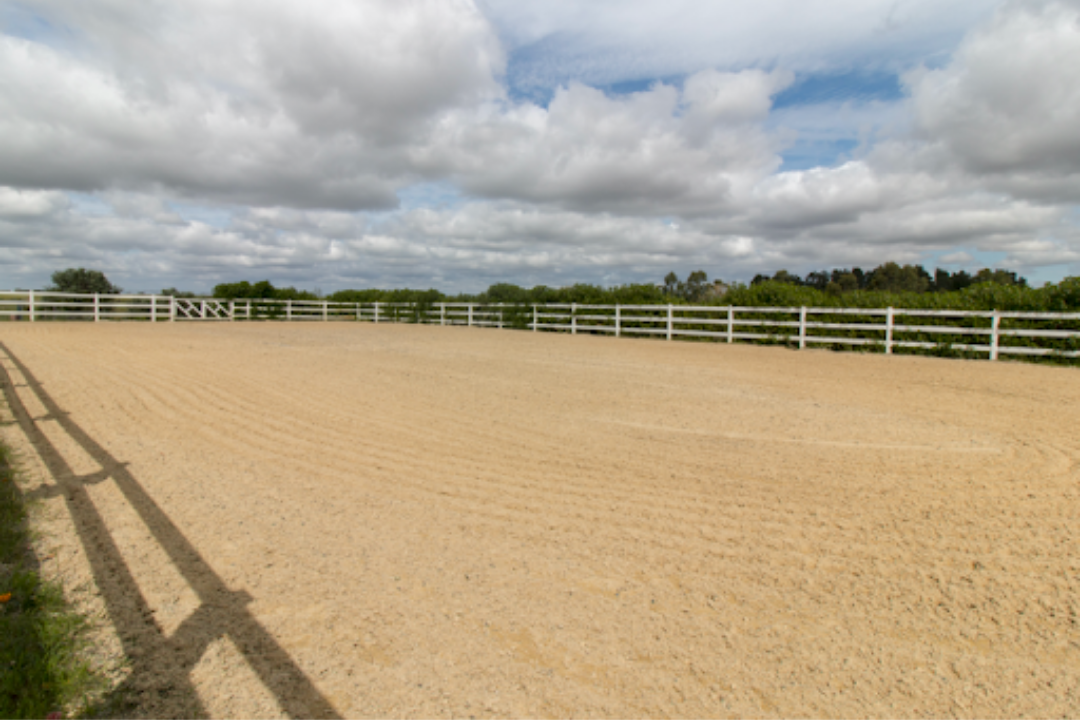
The Importance of Water in Equestrian Surfaces
Designing and maintaining an elite equestrian surface is more than just the visual aspects. While it may seem like a matter of simply filling an area with sand, silica, or rubber chippings, creating a surface that meets the needs of your horse and maximises performance is an exact science. But why is the texture so important? Due to the long hours spent training and competing in this environment, the surface of the arena can have significant effects on the horse’s health and as a result, career length.
Equestrian surfaces can be subject to drastic change as a result of different weather and temperature conditions. The volume of water found in your riding surface typically has a considerable impact on the suitability and overall texture of the ground. We have put together the following article to outline the main reasons as to why watering the surface is an important part of equestrian arena maintenance.
What Makes A Good Equestrian Arena Surface?
In short, equestrian surfaces need to not only be long-lasting, but you want a surface that will maximise the performance of your horses and put as little strain on them as possible. The key requirements include:
Sufficient moisture retention, Appropriate drainage systems, Resistance to all weather conditions, Adequate support for the horse, Impact absorption, Consistent, and Environmentally friendly.
Why is Water Ideal for Maintaining a Good Riding Surface?
Stability
If you imagine walking on the beach near to the water’s edge – the sand is reasonably stable and solid. If you then picture walking higher up the beach, the sand will become much less compact, consequently, making it more difficult to walk on. The reason for this is solely down to the water content. When sand becomes wet, an attraction is formed between the water molecules which helps to hold the sand together. Finding the right level of sand moisture in your arena is crucial for sand stabilisation. Too much water will cause sand to become slippery and too hard which can put your horse at risk of injuries. On the other hand, too little water will make sand loose and deep which can result in strain injuries and takes up large amounts of energy when your horse is training.
Binding
We already know that water holds sand together, but it is also great at keeping synthetic additives bound to the sand. To visualise this, think about how sand falls off when it comes into contact with dry skin but sticks when the skin is wet. In this same way, water will help to bind sand to any additives and prevent the fibres from separating and creating a loose, lumpy equestrian surface.
Reduces Dust
Watering the surface of your arena is hugely beneficial when it comes to keeping dust under control. Dust, sand, bacteria, and viruses will become airborne with horse activity when the surface is dry. This is a health hazard to both humans and horses as it can make you more susceptible to respiratory diseases.
What to Consider
Watering in a climate where temperatures are below freezing is difficult to undertake due to the risk of the surface freezing over when water is added. To combat this, it is advised that you plan your watering tasks early, especially during autumn periods, so that the surface layers are thoroughly moist in advance of the colder temperatures.
Finally, access to water is paramount when watering your indoor or outdoor equestrian surface. Having the access to any of the following listed items will greatly improve the riding surface of your equestrian arena:
Ceiling sprinklers, Wall sprinklers, Water trucks, Moveable sprinklers or Water hoses.
If you require any further information about equestrian arena maintenance, please do not hesitate to get in touch with the team here at Combi-Ride. We are always happy to help.

